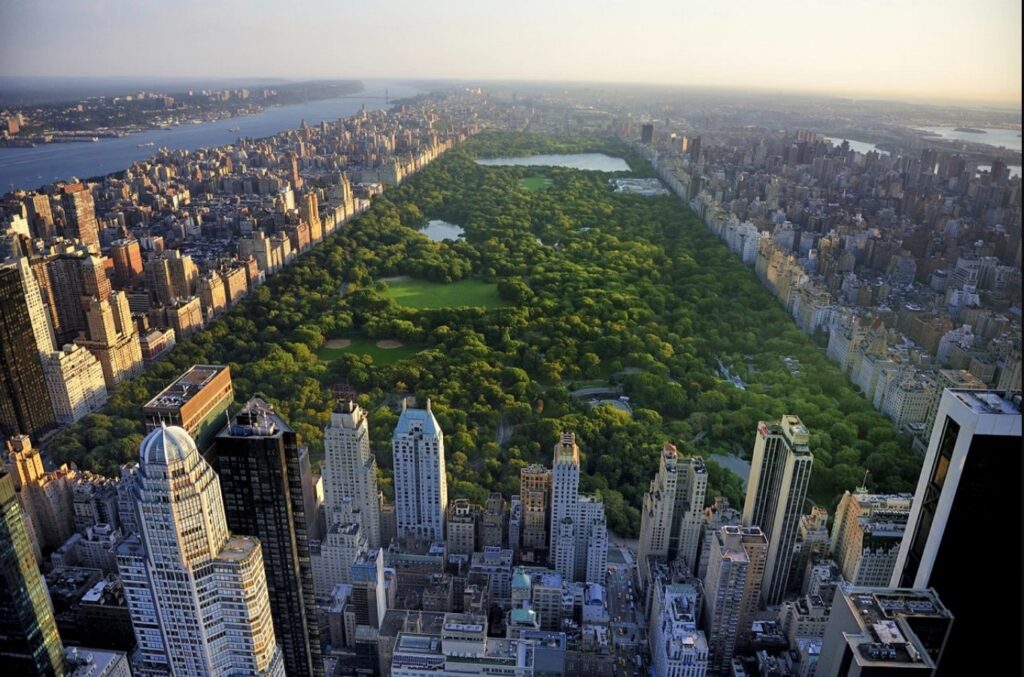The COVID-19 pandemic has as of now altogether changed urban life. The number of individuals moving around has dropped to phenomenally low levels. Work from home is the new typical – for the individuals who can bear the cost of it, and for whom it’s even an attainable choice in any case. The destiny of micro markets and laborers that make urban centers work is undetermined.
Urban living can be contaminated and secluding, or it can be community-centered, comfortable, and safe. The mental needs of urban tenants ought to be viewed as when arranging ecologically supportable urban areas; all things considered, urban areas might be fruitful if occupants need to live in them. The world is experiencing a tremendous flood of urban populace development, with the greater part surprisingly now living in towns and cities. While nature may appear to be a long way from the urban condition, research progressively shows that it assumes a basic job in the lives of city dwellers. It can assist us with handling urban natural difficulties such as pollution mitigation, climate resilience for cities, and boosting the local informal economy. Nature likewise underpins the wellbeing and prosperity of the individuals that live in urban areas, offering benefits like stress reduction and opportunities for social interaction.
Numerous variables add to psychological well-being, including organic components, encounters, and way of life, yet the fabricated condition additionally assumes a basic job. While emotional well-being and satisfaction can be hard to gauge, urban areas are related to higher places of most psychological wellness issues contrasted with provincial regions. City tenants have a practically 40% higher danger of depression, over 20% nervousness, and twofold the danger of schizophrenia, notwithstanding more dejection, seclusion, and stress — including ceaseless pressure, for example, gridlock traffic or work requests. Great emotional wellness is basic for both individual prosperity and by and large human wellbeing, yet it is under-organized in the architecture of our urban areas.

While on the contrary, Availability, and access to green spaces and nature are consistently connected to improved psychological well-being, decreasing despondency, and improving intellectual working. The experience of nature is a cure to the stressors of urban living. Joining road trees, perspectives on nature and network gardens are for the most part approach to diminish pressure. Expanding people group walkability and providing good and safe public transit, ensures opportunities for people to be active, which is linked to improved mental health, guarantees possibilities for individuals to be dynamic, which is additionally connected to improved emotional wellness.
Committed spaces for sports fields and tennis courts give dynamic space, as well as walking loops in parks. By and large, green space and dynamic space ought to be weaved all through the urban texture. For e.g., consider the case of Central Park in Manhattan, New York, which is considered as the lung of the city. Or the Battery Park on the edge of the city that serves a connection between blue, green, and grey of the city. The spaces surrounding this area not only increase the value of real estate around them but also affect the quality of life of its residents and positively supplement the livability within the city as a whole.
Public spaces work as a binder to keep societies together. The qualities of neighborhood-level spaces assume a generous job in the advancement of social ties among neighbors, empowering, and propelling people to connect and interact with their kindred network individuals in an inexorably worldwide world. The presence of green open spaces not only uplift psychologically but also improves the quality of social ties among neighbors by empowering utilization of basic spaces, adding to the making of sound and healthy neighborhoods.
Reflective Analysis
Public spaces in our everyday lives improve the quality of social ties among neighbors by empowering the utilization of normal spaces. Cultivating social union is tied in with taking a stab at more noteworthy comprehensiveness, progressive city investment, and generating potentials for upward mobility. I believe this awareness coupled with the help of technology has promising possiblities in the future.
Source
Yash Siroliya. (2021, November 22). The psychological impact of public spaces on city dwellers – RTF: Rethinking the future. RTF | Rethinking The Future. https://www.re-thinkingthefuture.com/rtf-fresh-perspectives/a1353-the-psychological-impact-of-public-spaces-on-city-dwellers/




